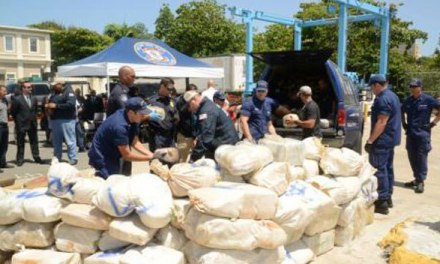The Emergency Room has long been a prime target for drug-seeking, and a number of articles have been written on how to manage manipulation in that setting. Google “drug seeking in ER” for some fine examples.
But let’s just take a moment to examine the problem from a slightly different perspective.
First, it’s always important to avoid unnecessary confrontations. We may be dealing with someone who’s already in painful withdrawal, or emotionally disturbed, and the situation could become explosive. That’s never good. If the practitioner remains calm and respectful, the patient is less likely to escalate.
Of course, some patients use anger to intimidate. No need to respond in kind; just maintain a professional demeanor. That’s the best defense.
In most cases, you can think of the interaction as a negotiation between two parties with very different goals. One is seeking drugs, probably opioids. The other is seeking to practice good medicine. The two goals happen to be in conflict at present.
Can’t be helped. But there are ways to make that conflict less painful.
Certain factors inherently favor the drug seeker:
- Time is limited, which can interfere with careful decision-making
- The seeker is focused on a single, defined goal — a classic ‘one track mind’.
- The practitioner is already in the ‘helper’ role, which can be exploited.
Likewise, practitioners have a few assets on their side:
- Ultimately, the final decision will be theirs. Can’t be forced to prescribe.
- They have far greater knowledge in terms of resources
- Legal requirements support them in saying “no” to certain demands
To achieve a favorable outcome, begin with a clear idea of the following:
First, your nonnegotiable or fixed boundaries. These represent absolute limits, perhaps imposed by the law, ethical standards, or institution policy. The practitioner knows in advance that in this situation, s/he will not go beyond these boundaries.
Second, various options that are available as alternatives to an opioid prescription. These represent a ‘plan B’ which can be offered in lieu of drugs.
Third, areas where you can be flexible without compromising standards.
The important thing is for the practitioner to be clear on the above. If the medical practice has set guidelines in this area, that helps. But even if they haven’t, a little reading and consultation will familiarize you with current best practice.
Having options requires us to be aware of available resources. Where else can your patient seek assistance for pain and other complaints? What’s available for low income or indigent persons? The ability to present a viable alternative is a real asset in a negotiation. If the patient seems unusually reluctant to consider anything but an immediate opioid prescription– well, that’s a red flag.
By this point, most practitioners are aware of the shortcomings of opioids as a remedy for chronic pain. Think of this interaction as an opportunity to introduce a better way.
See also “Getting Drugs from Docs Part One: The Manipulators” and “Getting Drugs from Docs Part Two: The Targets”













Scott, I ‘ve enjoyed this series. Friday we visited the psychiatrist for my daughter. A qualified “friend” had suggested Adderall for her. Not someone that was an addict, but someone that actually took it when she was my daughter’s age and had great success with it. The prescribing doctor knows of my past addictions. When my daughter inquired about the possibility of taking Adderall, the doctor smiled and said—simply, “No.”
I am so thankful that there are doctors out there doing the right thing and providing a Plan B for those of us who need it. Thank you for your educational pieces. I never stop learning when I visit Recovery SI. ♥ Lisa